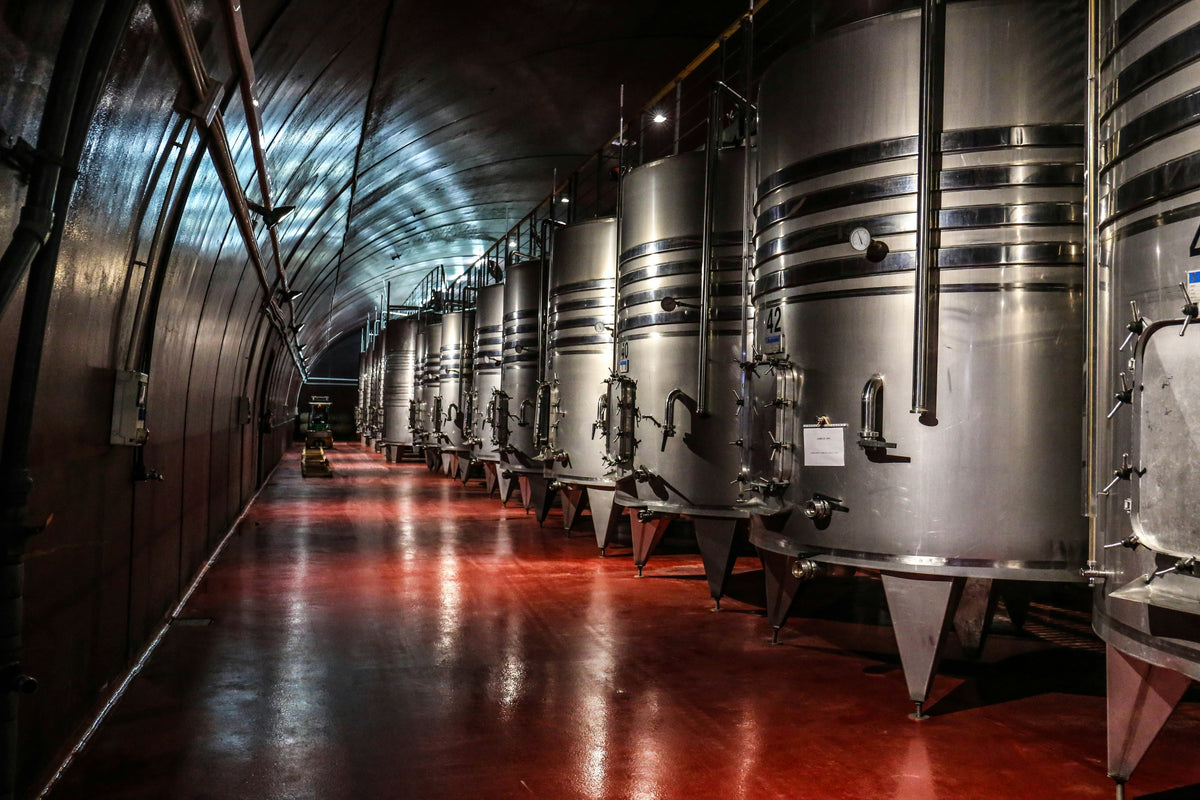Antarctica, Earth’s most remote wilderness, offers travellers more than icebergs and penguins - it delivers powerful lessons in resilience, patience, and perspective. Facing freezing winds and unpredictable conditions builds mental toughness, while constant changes teach flexibility and the ability to embrace uncertainty. The slow rhythm of the continent encourages mindfulness, helping visitors appreciate stillness and detail in daily life. Standing amidst endless ice shifts priorities, reminding us what truly matters beyond deadlines and bills. Overcoming the physical and emotional challenges of this extreme destination boosts confidence that lasts long after the journey ends. An Antarctic adventure is not only an unforgettable experience but also a natural training ground for sustainable living and inner growth.
Share your articles with us and get published! Reach out at hello@friendlyturtle.com.
How to Choose a Sustainable Log Cabin That Lasts

Log cabins tend to have a similar look as they are all made of wood. However, when you look closely, you’ll find that they vary greatly in terms of build and quality. Some are built for functionality at a low price, but they may start to deteriorate after just a few years. It’s good to evaluate the quality before you buy one, as you don’t want your garden cabin to look good but start leaking after two or three years.
In this guide, we’ll take you through the different quality aspects you should look for in a garden log cabin. It will help ensure that your cabin meets your needs and holds up over the long run.
Check the Logs & Timber Quality
It all starts with the timber. It’s the single most important factor, as it's what stands between you and most cabin problems like warping and rot.
To get the selection right, start by looking at the type of wood. The best quality cabins are made from slow-grown softwoods like pine or Nordic spruce. These usually grow in colder climates, so they have denser fibres that make them stronger and more stable. Faster-growing alternatives might be cheaper, but they tend to expand or shrink far more over time.
Additionally, ask about the drying and treatment process. Kiln-dried logs are of higher quality than air-dried ones, as the drying process removes excess moisture much better. Ideally, they should also be pressure-treated, as this process forces protection deep into the timber, unlike self-treatment. It’s a better long-term defence against rot, insects, and dampness.
Inspect the Construction Method and Wall Design
Once you’ve confirmed that the timber is solid, it’s now time to look at the craftsmanship. This is what determines the strength of your cabin, insulation potential, and long-term stability.
Start by looking at the interlocking system. First, the main walls should preferably be built with long logs to avoid joints. This goes a long way in preventing most issues and optimising the visual appeal. In the corners, logs should fit together tongue-and-groove style and tightly lock in place.
Apart from that, you can consider the wall thickness as it has a direct impact on how your cabin handles heat, cold, and structural pressure. Options range from 28 mm to 66 mm, with 34 mm and 44 mm options as the in-betweeners. 28 mm and 34 mm are good for the summer, while 66 mm is year-round. 44 mm offers a good balance for most garden offices or hobby rooms.

Examine Roofing and Weatherproofing
The roof is what protects you from rain, snow, heat, and everything in between. However, it’s also where shortcuts in quality show up first. And if it fails, everything else follows.
Start by looking at the roof covering. Basic mineral felts fall short over the years, so go for higher-quality roofing like EPDM rubber, bitumen shingles, or metal roofing. Bitumen shingles, in particular, offer significantly better thermal and noise insulation compared to most other roof coverings.
You should also look at the roof design and structure. A good pitch is more reliable, as shallow roofs tend to collect water and debris. However, this depends more on the architectural style of your home.
Assess Insulation and Energy Efficiency
Since it’s a garden cabin, you don’t want it to be only usable in the summer. So, insulation and energy efficiency are key.
Most budget options don’t include insulation, which means you’ll struggle to keep the space warm, dry, and energy-efficient, even if the walls are thick.
When assessing the insulation, there are three areas to focus on:
- Roof insulation – trapping heat since warm air rises.
- Floor insulation – preventing cold from creeping up from the ground.
- Wall insulation – adding insulation panels as an inner layer.
Even if you are not planning to heat up the cabin straight away, it’s smart to know that you have the option of adding insulation later. Prioritise cabins that are designed with this in mind from the group up, as this means the rest of the cabin is airtight. This way, whenever you decide to add heat, everything will be easier, cheaper, and smoother.
0 comments
Let customers speak for us
Blog posts
Mindful gift giving is about more than price tags or surprises – it’s about creating genuine connections. Research shows recipients value thoughtful, practical gifts they can use, rather than extravagant gestures. The psychology of gifting reveals that giving activates our brain’s reward pathways, strengthening bonds through reciprocity and care. By focusing on three key principles – making the recipient feel seen, offering something they wouldn’t buy for themselves, and introducing them to something new – your gifts become more meaningful and memorable. Personalisation through shared memories, careful listening, and ethical, sustainable choices adds even more impact. Avoiding common mistakes, such as panic buying or choosing based on your own taste, ensures your gifts bring lasting joy. When approached mindfully, every present reflects care for both people and the planet.
Eco flooring may not be the first thing you think of when it comes to greener breweries, but it plays a major role in reducing waste and emissions. Unlike traditional flooring, sustainable options such as recycled aggregates, bamboo, or bio-based resins use less energy in production and installation while improving indoor air quality. They last longer, need fewer repairs, and boost energy efficiency with natural thermal insulation, keeping breweries warmer in winter and cooler in summer. Slip-resistant surfaces also make workplaces safer, reducing accidents and unnecessary product waste. Many eco flooring designs cut water waste by resisting cracks and bacteria growth, making cleaning easier with fewer harsh chemicals. By choosing eco flooring, breweries not only lower their environmental impact but also set a powerful example for employees, customers, and the wider community.



